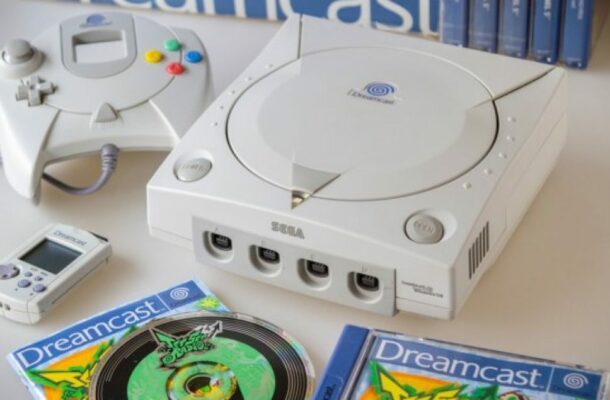Explore the untold story of Sega's final console, the Dreamcast, as we delve into its technological prowess, iconic games, and the turning point in gaming history 25 years ago.
Introduction: In the annals of gaming history, the year 1998 marked a pivotal moment as Sega, a Japanese gaming giant, unveiled its ambitious Dreamcast console. A quarter of a century later, we revisit the rise and fall of this technological marvel, exploring its innovative features, notable games, and the circumstances that led to Sega's exit from the console market.
The Genesis of Dreamcast: An Ambitious Endeavor
In the early 90s, Sega's Mega Drive had captured the hearts of gamers worldwide. However, the emergence of Sony's PlayStation posed a formidable challenge, prompting Sega to embark on a quest for a more advanced and progressive gaming experience. This endeavor materialized into Project Katana, later rebranded as the Dreamcast.
Technological Supremacy: Dreamcast vs. Competitors
Sega's Dreamcast, unleashed in 1998, boasted a formidable 26 MB of memory, eclipsing the meager 2 MB of the PlayStation and outclassing Nintendo's 4-8 MB range. The console's data storage utilized the cutting-edge GD-ROM, surpassing the popular CD-ROM in capacity—an innovative leap that set the Dreamcast apart.
The Rise and Fall: Dreamcast's Brief Reign
On November 25, 1998, the Dreamcast hit Japanese shelves, heralded as the most advanced gaming system of the 20th century. Sega proudly reported the sale of every unit produced. However, fate had a different script, and within two years, the Dreamcast faced an abrupt demise, marking Sega's exit from the console market.
Iconic Games: The Dreamcast Legacy Lives On
Despite its short-lived tenure, the Dreamcast left an indelible mark on gaming history. Iconic titles such as Sonic Adventure, Virtua Tennis, Shenmue, Jet Set Radio, and Crazy Taxi became synonymous with the console. The NBA 2K franchise, too, found success on this groundbreaking platform.
The Aftermath: Sega's Pivot to Gaming Software
With 9.1 million units sold, the Dreamcast's legacy endures, serving as a testament to Sega's commitment to innovation. In the early 2000s, Sega strategically shifted focus, transitioning from console production to game development for other platforms. The Dreamcast may have been Sega's final console, but its influence reverberates through the gaming landscape.
Conclusion: As we commemorate the 25th anniversary of Sega's Dreamcast, we reflect on its technological strides, cultural impact, and the unforeseen twists that shaped its destiny. The Dreamcast may have marked the end of an era for Sega's hardware ventures, but its legacy lives on in the pixels and polygons that defined a generation of gaming enthusiasts.


Comments